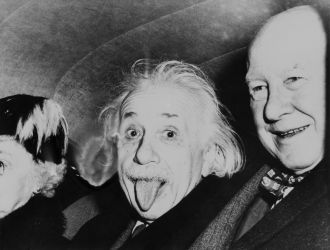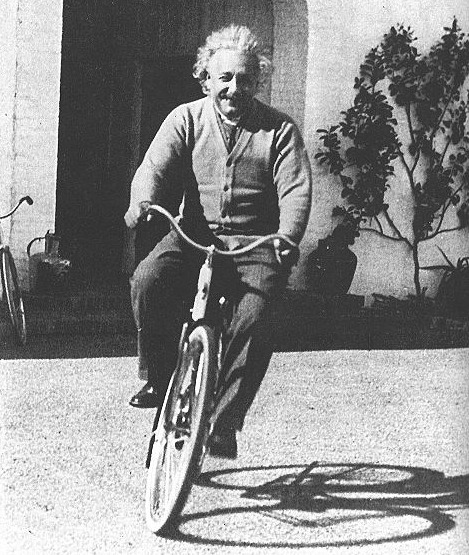Many, many times, I have been part of formal conversations that made their way around to the question of how we are identifying and supporting the talented and gifted children in the school systems.
My response to the question in its many variations has been unwavering: all children are talented. Are all children gifted? Well, define gifted, and for that matter define talented. The definitions are arbitrary and often are less about talent and gift, and more about class and the motivation level of parents.
Let’s think a moment about the truly gifted. First of all, for those in the truly gifted category, let’s make a small sample list: Einstein, Midori, Paul McCartney, Eugene O’Neill, Larry David, and Miles Davis. How’s that sound? Gifted? You bet.
And, if and when such talents are identified, there is often a pathway for these talents. Which, by the way, are the sorts of talents that certain schools take credit for, but anyone that really believes these truly gifted were either created or significantly developed by formal schooling, well, I have a bridge that you might want to buy, cheap.
What is more, let’s underscore the big question: how many are sitting in schools today with the most extraordinary gifts and talent, but are in fact, going unnoticed and unserved because the schools are too busy testing or being closed or are handcuffed to think that grade level in ELA and math is all there is.
It is also interesting to me, how many great talents don’t fall along traditional/formal tracks associated with identification of gift and talent. Shall I name a few? Tom Waits. Steve Reich. The Kronos Quartet. Bjork. Jackson Pollack. I know, it arguable…
So, if the ability of educators to identify talented and gifted in the arts (and other subjects, I might add), is fairly limited, where does this leave us? Do you think this is all a bit of sophistry aimed towards a sort of deleveling?
It’s not, really. But those of you who know me, probably can predict that I am heading to a statement about equity of access (and quality).
First, it’s no secret that the younger the student, the more open they are to their imagination and a dynamic, natural creativity that schools and society tends to quash, year-by-year as the kids get older and progress in the schooling. Most people I know believe that schools are designed this way. What is more, the accountability movement has made matters worse, by squeezing play out of early childhood. It’s a bit like stealing the ball in a baseball game. So, even where kids are most naturally dynamic in the way they think, express, and process, little by little, even early childhood is giving way to high stakes testing and drilling.
With schools designed to quash creativity and imagination, as kids get older and the grades rise, combined with a lack of access for many students and flat and antiquated notions of what talent and gift are, well, it doesn’t leave us much choice but to ensure that every child, not some and not a few more, have access to a sound and basic education that includes quality arts at all grades. There should and must be a minimum level, for all kids, that recognizes the natural role the arts play in human development and the fact that we should be encouraging the imagination, creativity, and the internal and external agency that each child needs to develop in order to be healthy and ultimately productive.
So, let’s keep the programs for the Talented and Gifted, which don’t always include much in the way of the arts, while making sure that there is more than enough for all the students, even if someone feels they don’t quite make the cut for Talented and Gifted programs.

